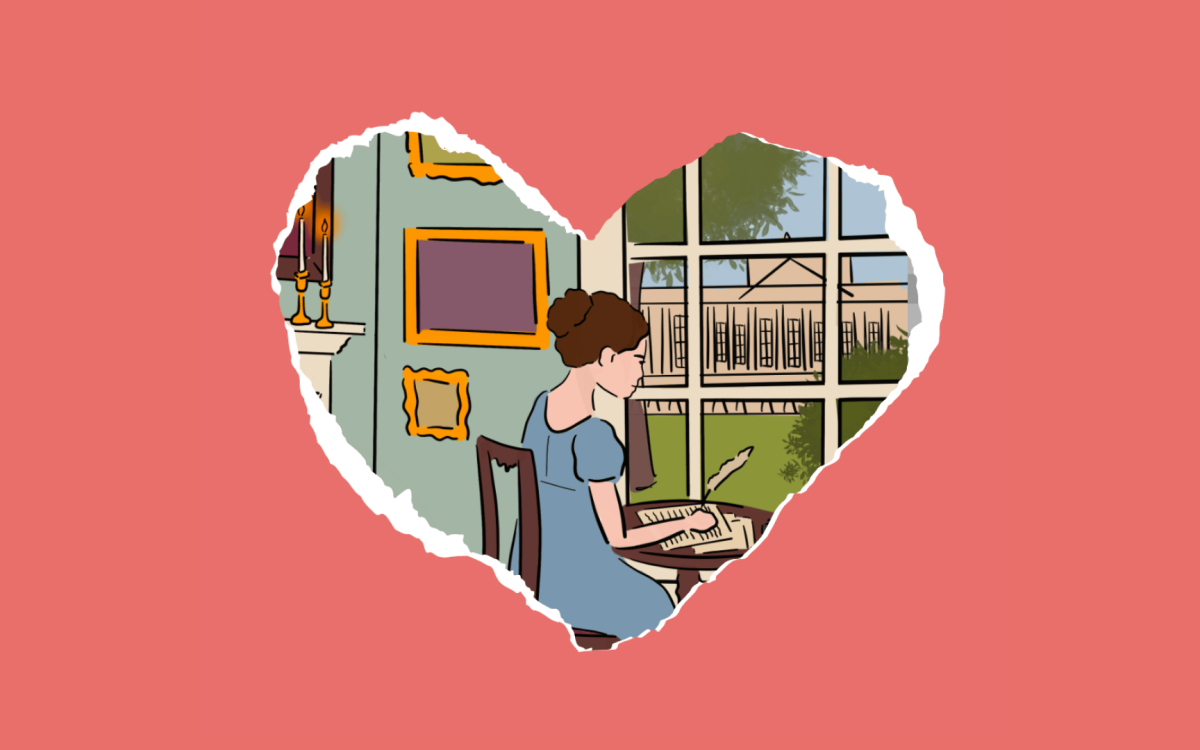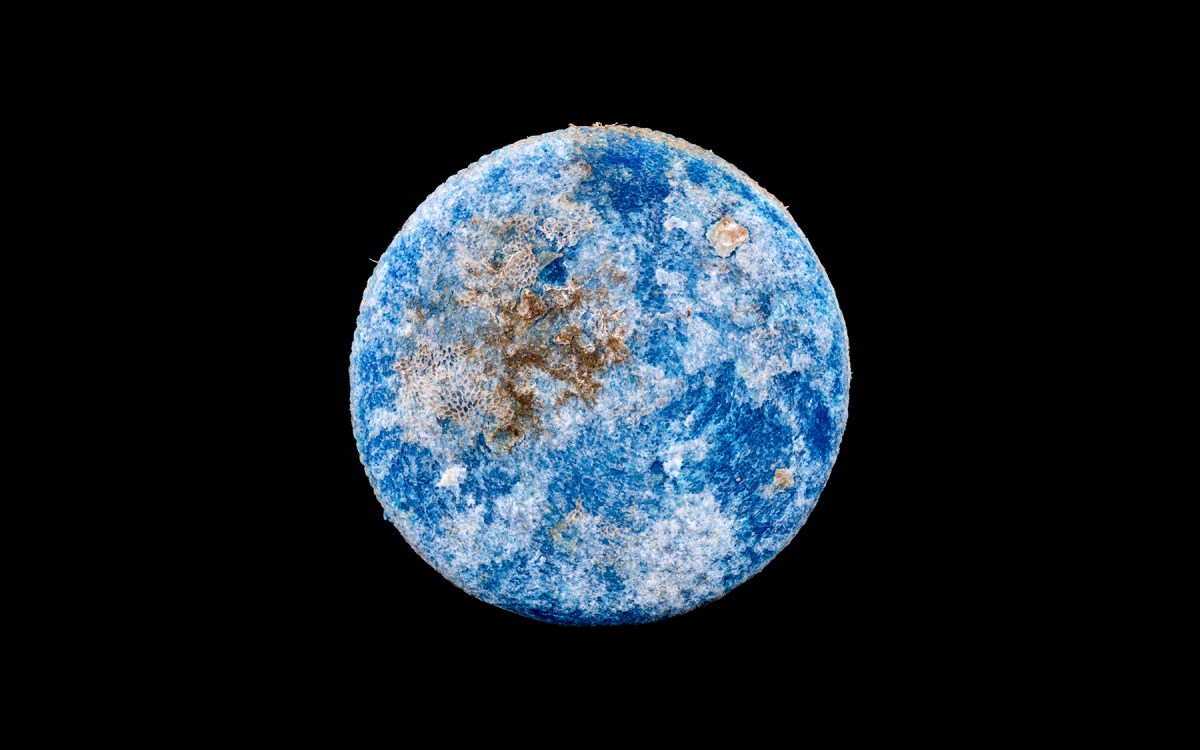Treasures of Dental School’s old museum opened wide at exhibit
The Harvard Dental Museum once held 14,000 specimens, everything from Ralph Waldo Emerson’s dentures to a prehistoric mastodon’s tusk measuring 11 feet in length and weighing 300 pounds.
Emerson’s dentures, which were manufactured around 1870 and are made of porcelain and set in vulcanized rubber, are still extant. But the mastodon’s tusk is nowhere to be found. Only an article from a 1929 issue of the Boston Globe remains, describing how the 50,000-year-old tusk was found near the Arctic Circle and transported by dogsled and boat to Boston.
“You’d think you’d never be able to lose an 11-foot mastodon’s tusk, but we haven’t been able to track it since the museum was taken down in the 1930s,” said Jack Eckert, the reference librarian of rare books in the Countway Library of Medicine.
Eckert is the curator of a new exhibition, “The Lost Museum of Harvard’s Dental School,” featuring a small sampling of the former institution’s wonders. Begun shortly after the Dental School was founded in 1867, the museum was dismantled in 1937 to provide more room for teaching and research. The items were placed in storage and consequently remained in oblivion until 1999 when a renovation of Countway brought some of them to light.
The museum’s original purpose was to house the final projects of the Dental School’s graduates. The current exhibition features several of these demonstrations of dental skill, preserved under glass domes: a dissection of a human jaw by Frederick A. Merrill, Class of 1874, and a preparation of dental fillings by Frank F. Sprague, Class of 1887.
As time went by, the museum accumulated other types of dental specimens and began to be used as a teaching resource. The specimens include early dental instruments, examples of dentures and false teeth, and casts of wounded World War I soldiers whose jaws were repaired by Dental School professor Varaztad H. Kazanjian.
Among the museum’s most famous objects are the dental plaster casts made by Nathan Cooley Keep of George Parkman. When fragments of the actual teeth turned up in the basement of the Medical School, Keep was able to identify them as Parkman’s, and they were used to help convict his killer, John Webster, in Harvard’s most notorious murder case.
Among the current exhibition’s most tantalizing items is a typewritten sheet from 1922 listing objects that were once part of the museum but have since disappeared. It includes a collection of “prehistoric Indian instruments,” “extraction instruments from 1498 to the present,” and “an exhibit by the Florence Mfg. Co. showing the manufacture of a tooth brush.”
But who knows, perhaps these items will turn up one day. In time, someone might even find that mastodon’s tusk.




